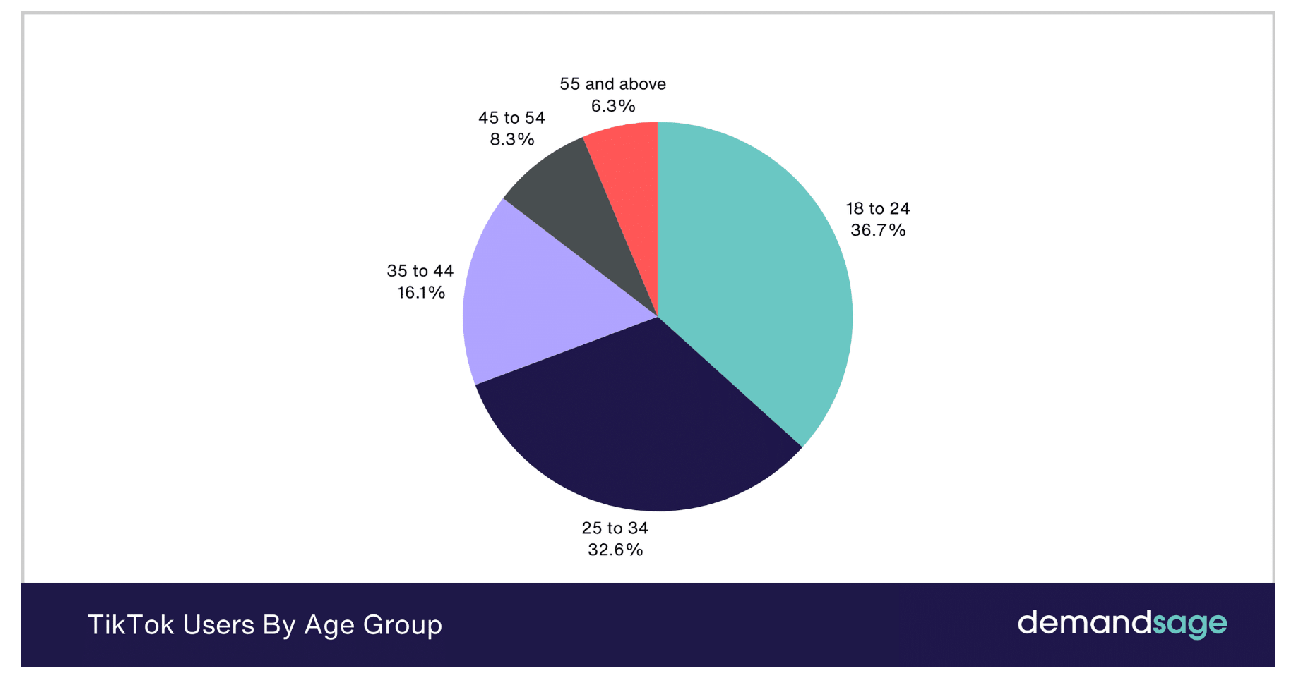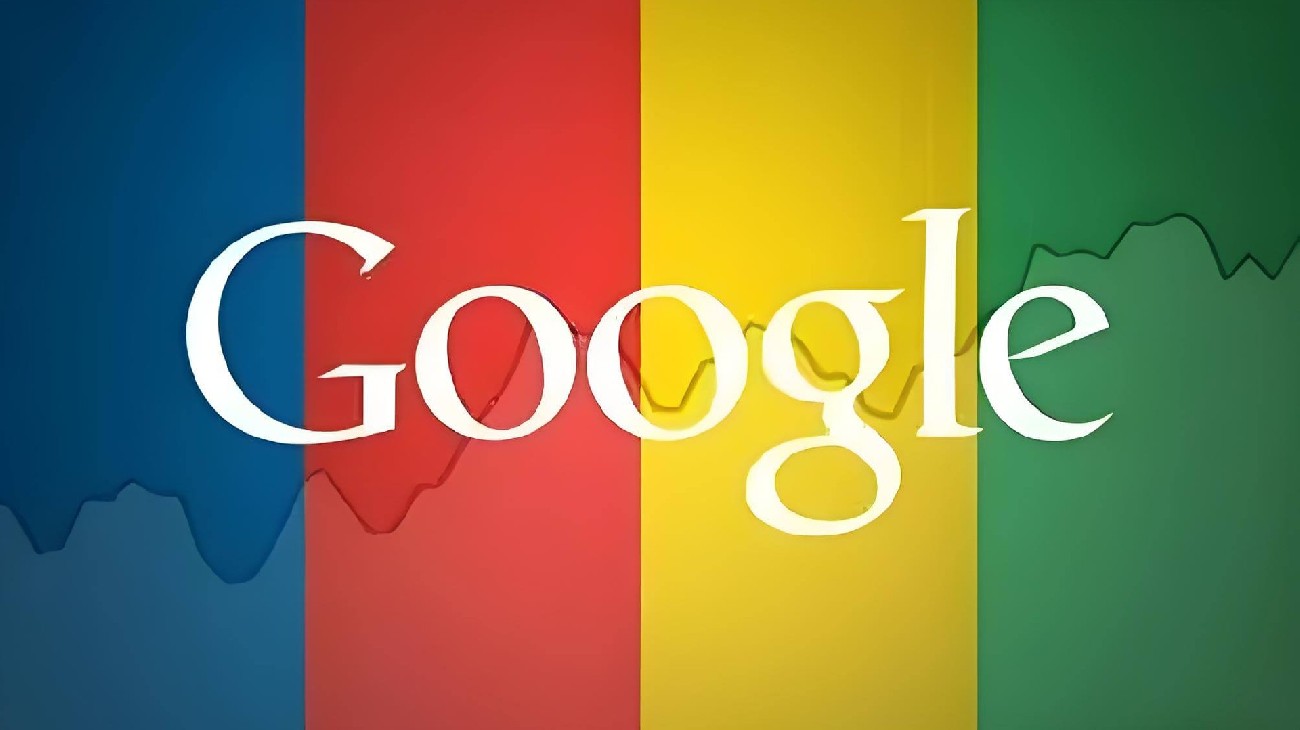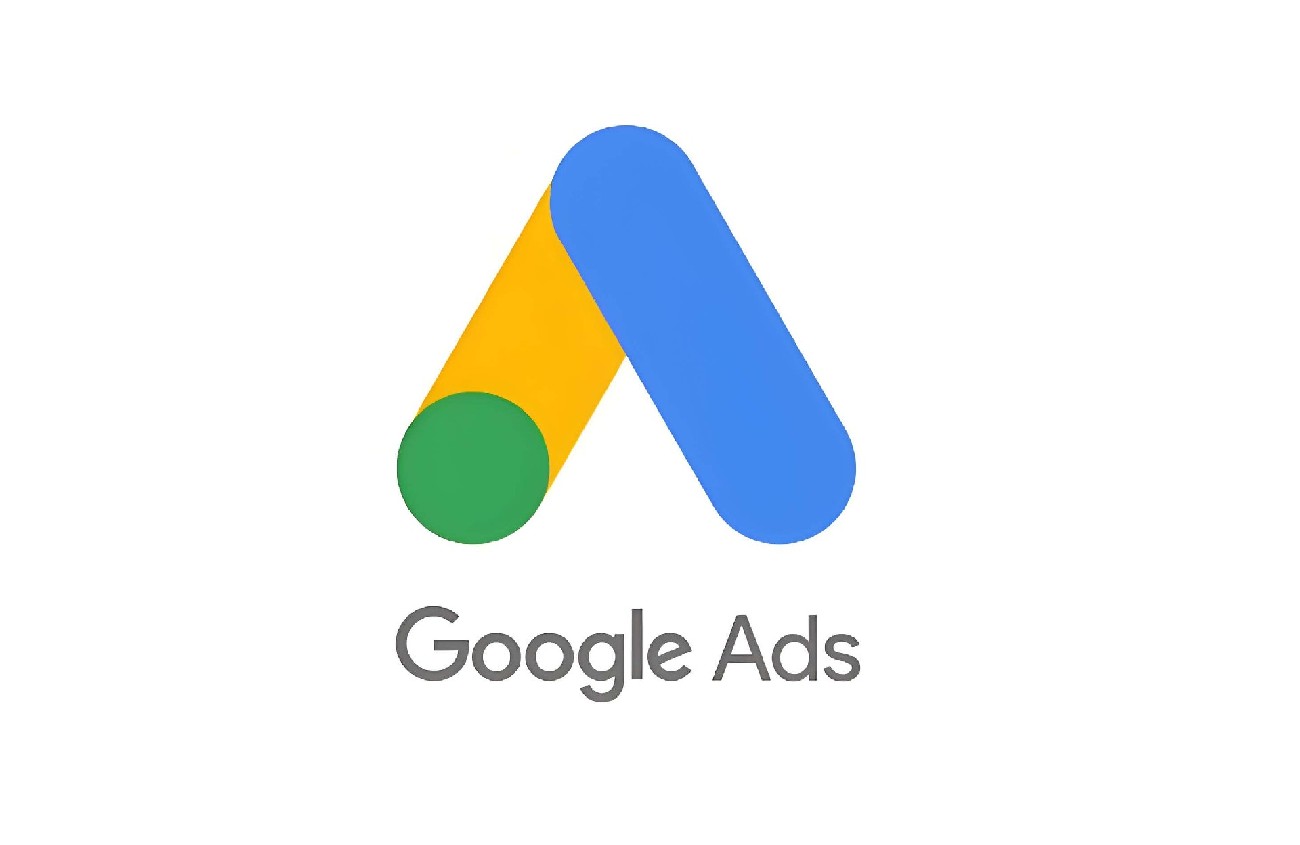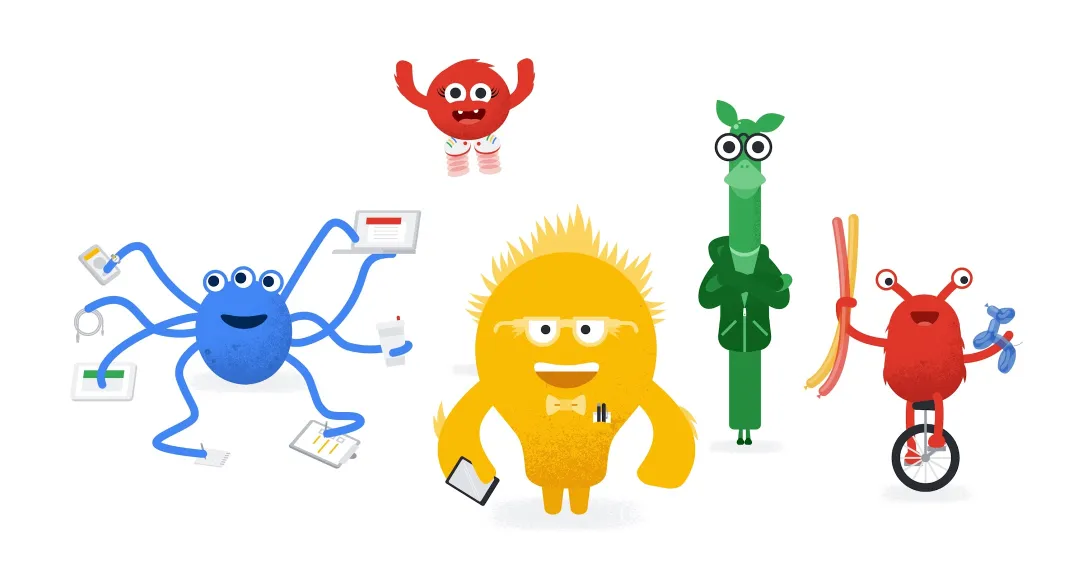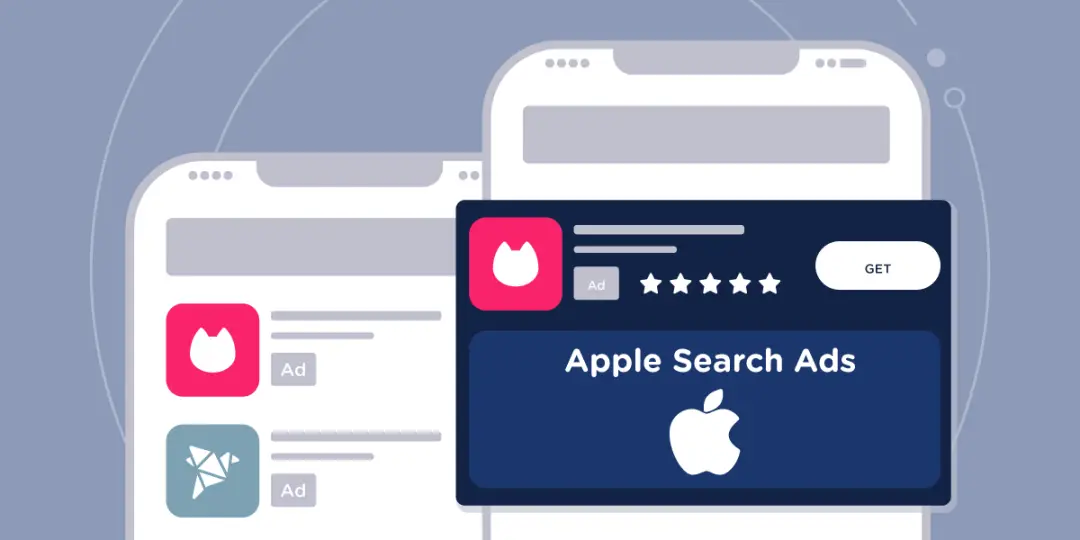Google Ads has become the go-to paid advertising channel for cross-border merchants, offering a 200% return on investment. However, not all merchants achieve success with it, often due to poor execution or lack of strategy. This article outlines four practical Google Ads optimization methods, from creative personalization to A/B testing, that can significantly improve ad performance in 2024.

4 Google Ads Optimization Methods Every Beginner Can Understand: Practical Tips for 2024
Google Ads, with its 200% return on investment, has emerged as the most competitive paid advertising channel for domestic cross-border merchants. However, not every cross-border merchant sees the same returns from Google Ads, with some failing to achieve conversions due to improper execution or lack of advertising skills. As a result, while money is spent, the results are either lackluster or non-existent.
As we kick off 2024, let's explore how to optimize Google Ads and the key areas to focus on this year.
1. Focus on Creative Production and Personalization
With the continuous evolution of marketing methods, consumers increasingly demand personalized experiences. This requires businesses to create multiple relevant ads while keeping the workload manageable.
The simplest way to address this is through automated creative generation, which can meet consumers’ personalized needs to a large extent. However, if you're aiming for higher conversions, you should try dynamic ads. Some elements of dynamic ads, such as ad copy placement, change based on audience data, making your ads more tailored to individual consumer needs.
Additionally, don’t overlook the importance of optimizing for mobile searches on Google. When adjusting your ads, consider how they will be displayed on different devices. If most of your target users are on mobile, ensure that your videos or images are optimized for mobile screen sizes.
2. Experiment with Different Audience Ranges
Generally speaking, the narrower the audience range, the more relevant the ads become. By testing different audience segments, you can determine which groups are more interested in your product, thus improving conversion rates.
Another approach is to personalize your ads until they achieve higher conversion rates and broaden your reach, thereby targeting a wider audience.
Regardless of your targeting method, always monitor your ad data and track how different audiences respond and convert.
3. Conduct A/B Testing
No matter how accurate your ad targeting is or how excellent your design and media are, you should always perform A/B testing. Google Ads offers built-in tools for A/B testing, where you can test two different ad creatives or landing page versions. This method helps you determine which ad resonates better with users or which content appeals more to your audience.
One important note is that A/B testing should be conducted multiple times—it’s a long-term activity. Since only one factor can be modified per test, it requires ongoing experimentation.
When running A/B tests, change only one element at a time to track what impacts performance. For example, run two ad variants with one modified element, whether it's the ad copy, image or illustration, call-to-action button, color, or any other element. This same approach applies to landing pages.
Similarly, test either the ad creatives or the landing pages but never both simultaneously. Without isolated optimizations, A/B testing becomes meaningless.
4. Data Review
Data doesn’t lie—it’s always your best friend. It guides your ad optimization and helps you determine your next steps.
Regularly review campaign reports and interpret the data to identify potential adjustments to improve your ad conversions. Numerous tools can assist you by presenting data in easy-to-understand dashboards, ensuring you won’t get overwhelmed and miss the key insights.
Google Ads is a long-term, continuous process, and its content evolves over time. Therefore, I recommend reviewing your data and performance weekly and conducting retrospectives, even if you don’t make optimization decisions after every report.
By following these four Google Ads optimization methods, even beginners can see improvements in their campaigns. Personalization, audience testing, A/B testing, and data analysis will set you up for success in 2024.
